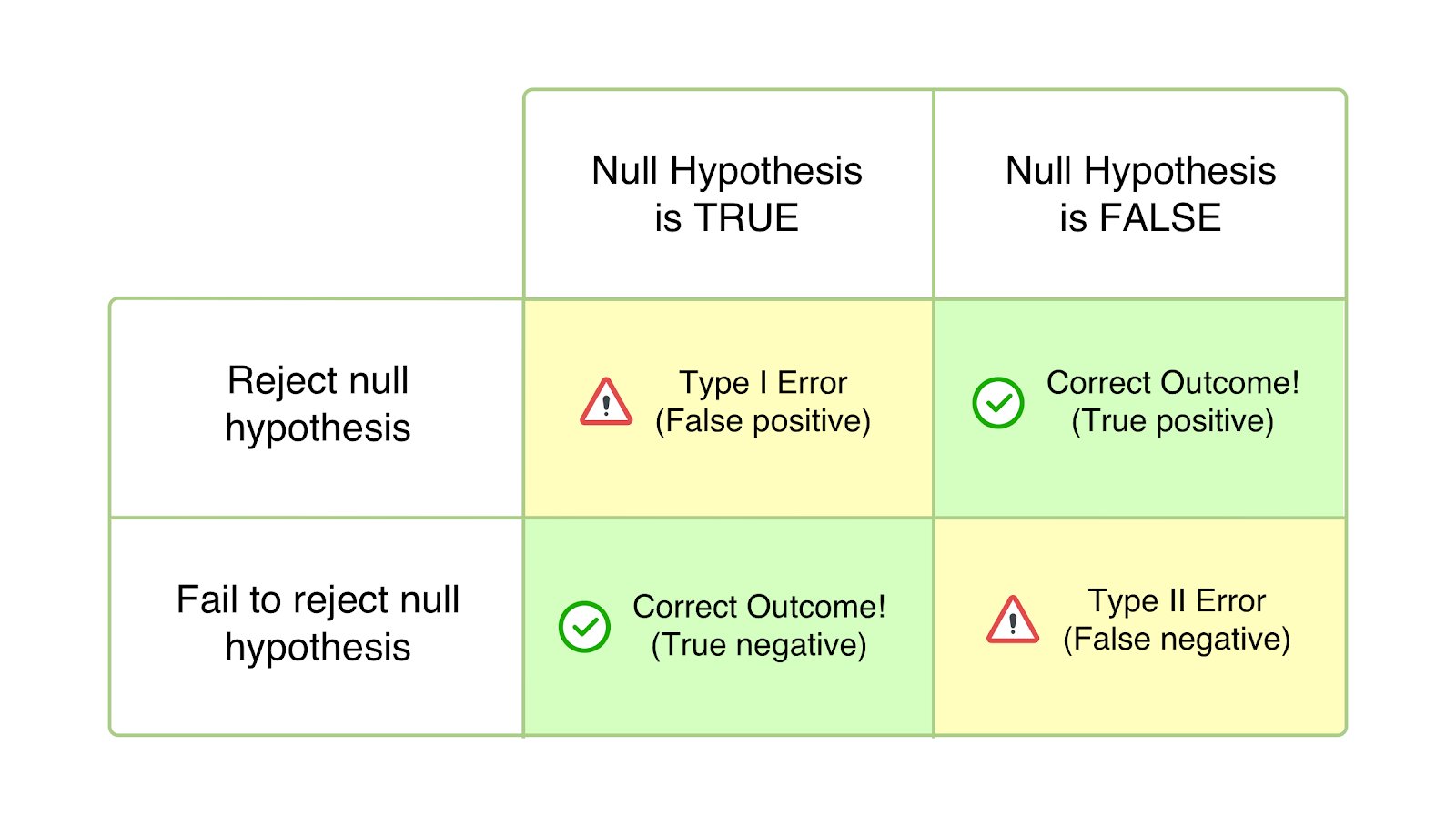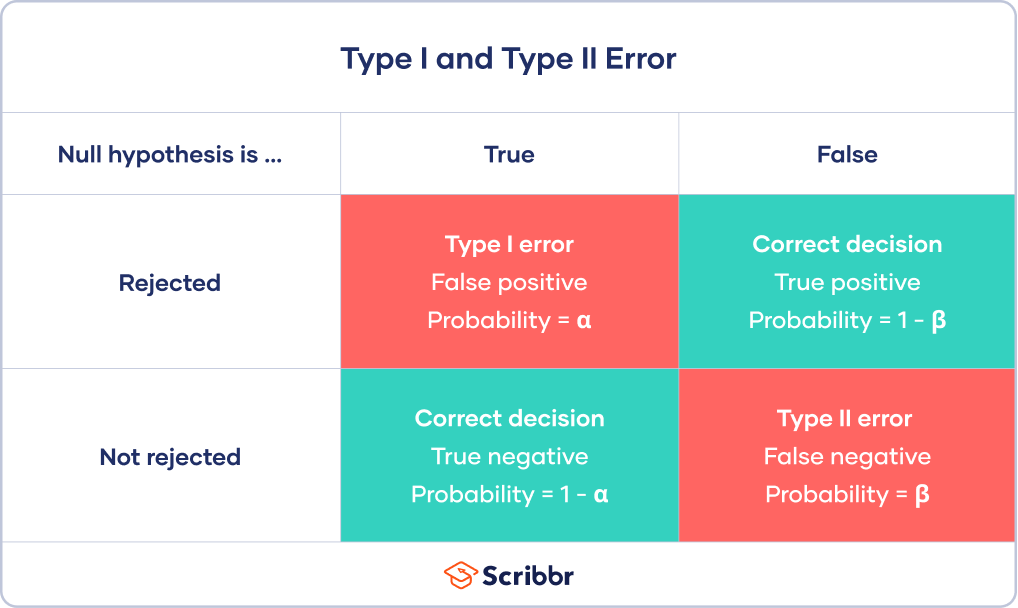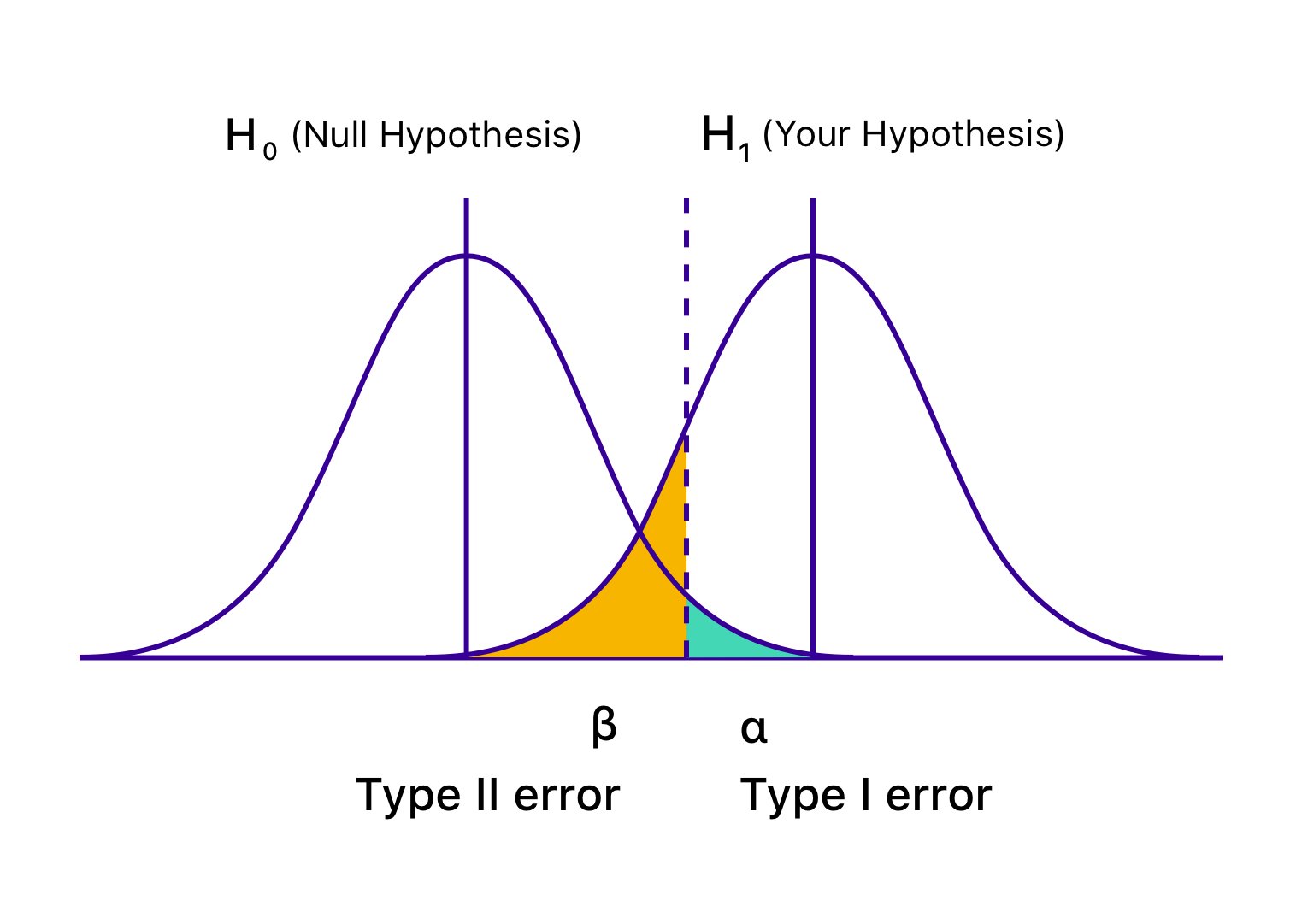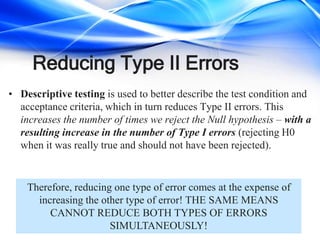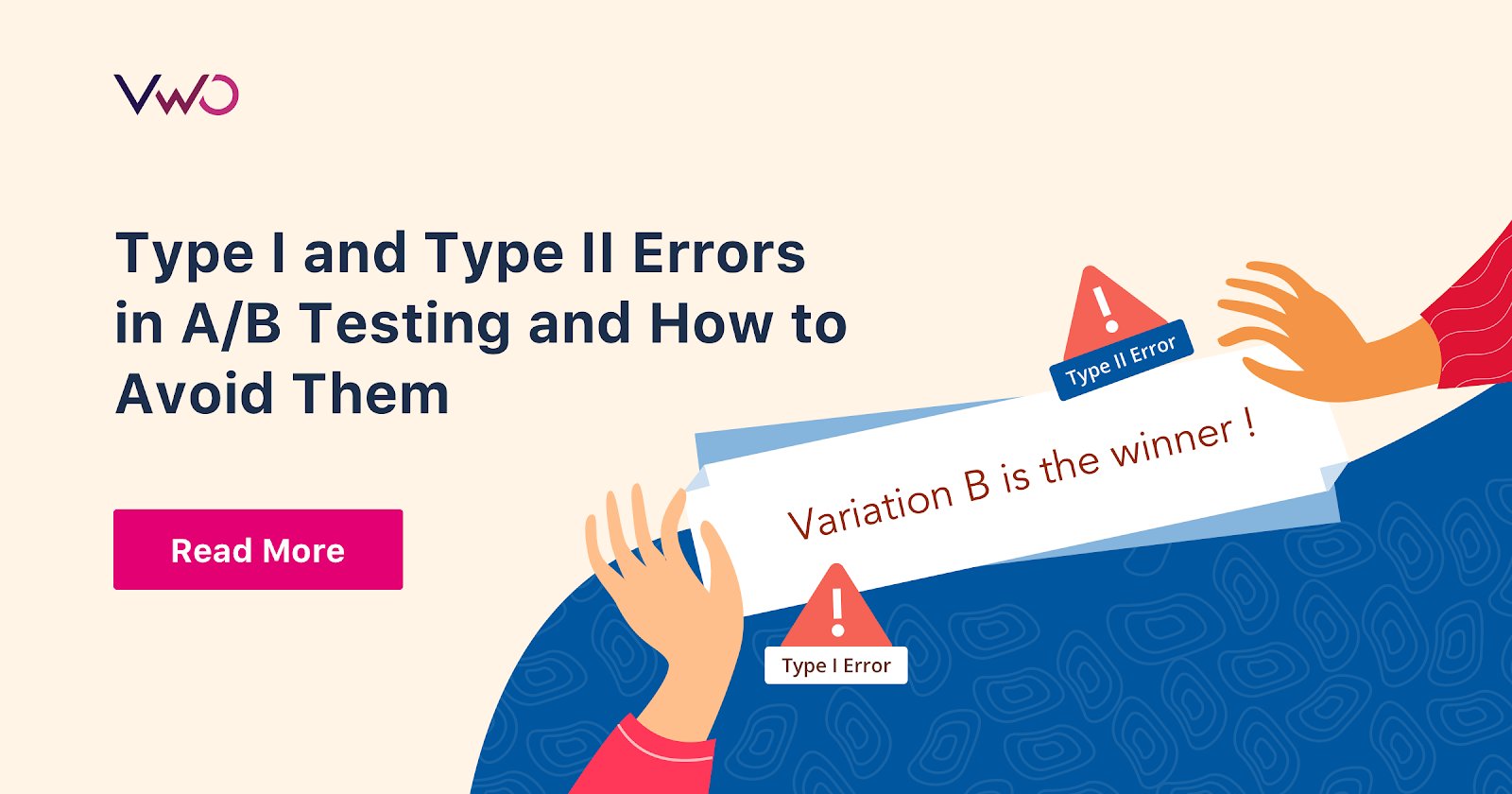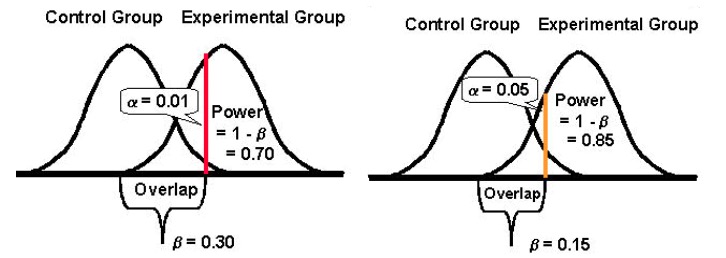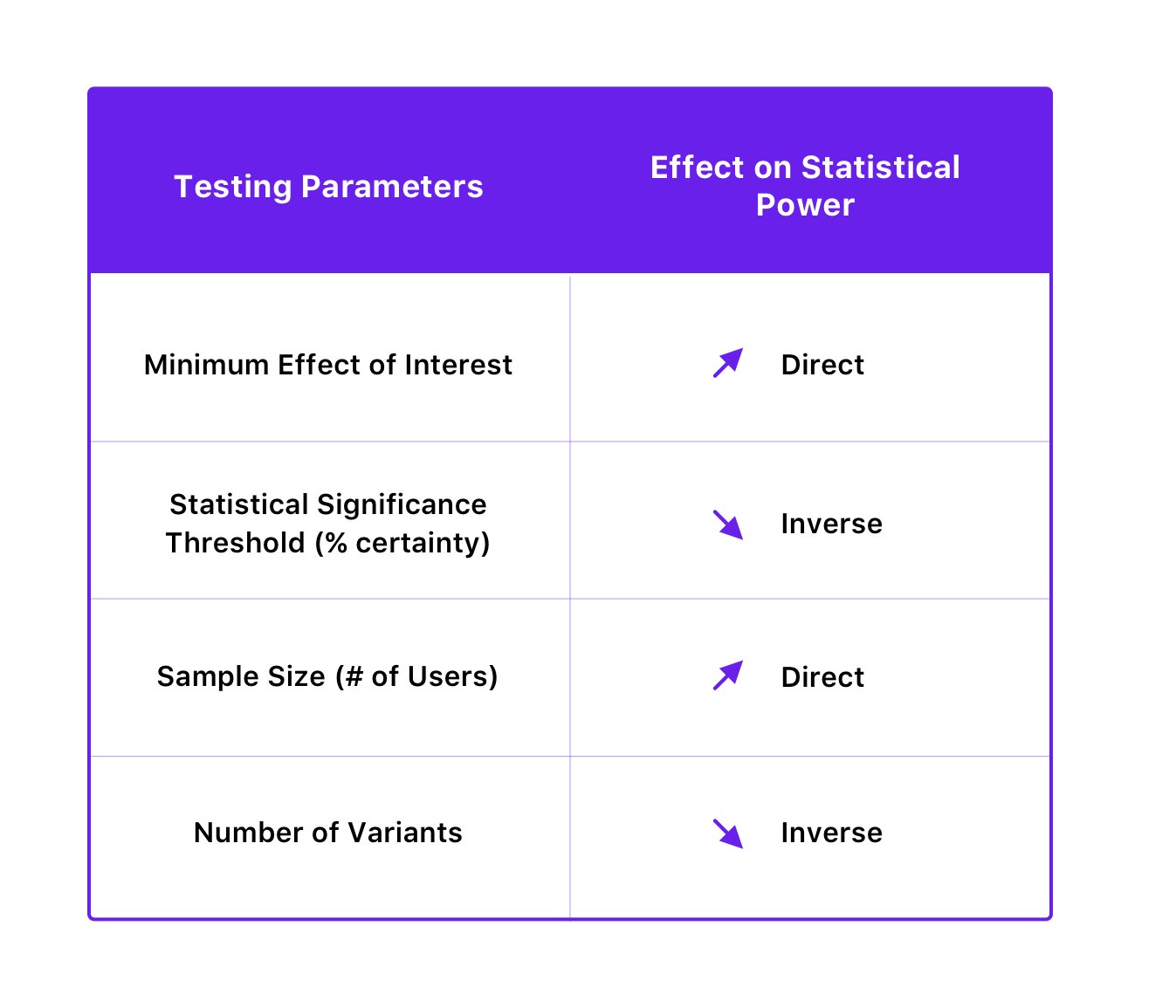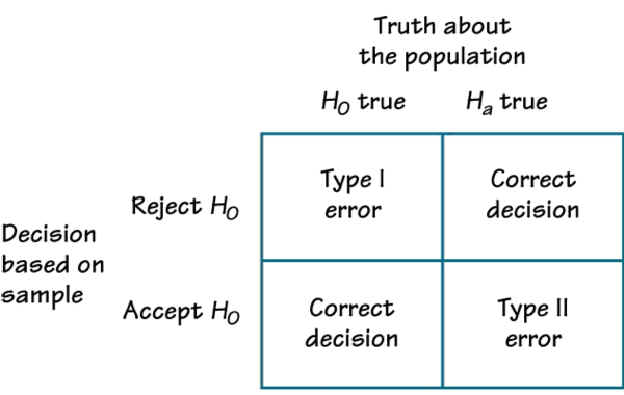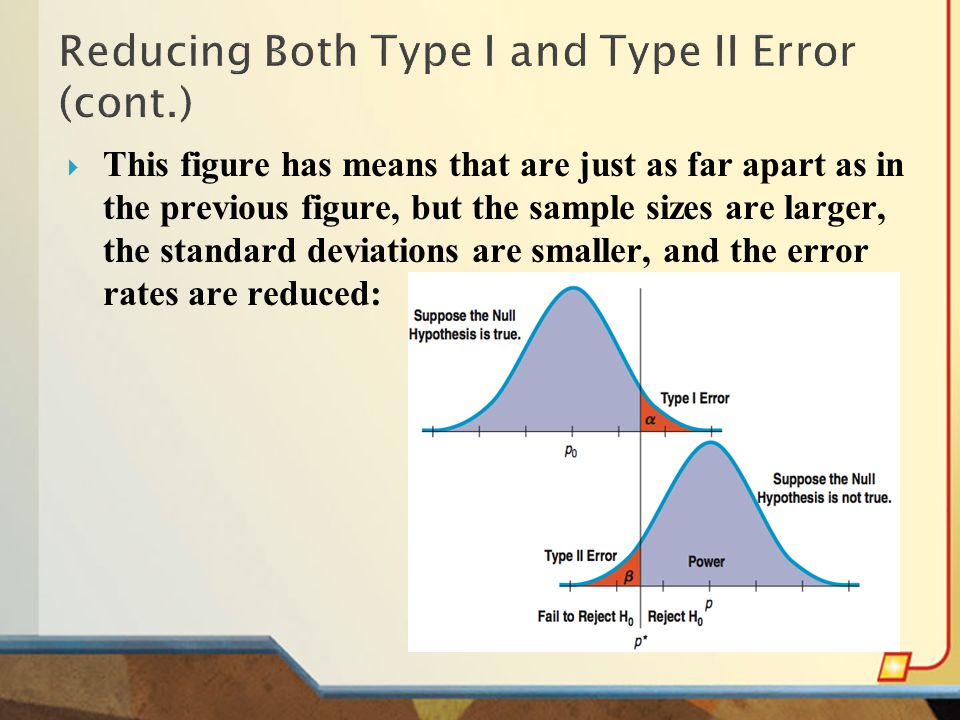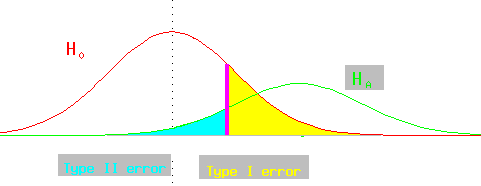Spectacular Tips About How To Reduce Type I Error

The only way to prevent all type i errors would be to arrest no one.
How to reduce type i error. This means that your results only have a 5% chance of occurring, or less, if the null hypothesis is actually true. Two tactics involve (1) increasing the effect size or (2) reduce random variability We discuss how to reduce type ii errors.
You can decrease the probability of a type i error by decreasing the significance level of the test. When we try to reduce the type i error, type two error will increase automatically. This can be determined by the researcher.
Const send = jest.fn ( (args, callback) => callback ()) const. You can push both $alpha$ and $beta$ down ever lower and detect the. If you would like to test that the mailgun send method was called with the correct parameter you need to adapt the mock like this:
P θ 0 ( x ∈ r 0) = α. Type i and type ii errors are subjected to the result of the null hypothesis. You can reduce your risk of committing a type i error by using a lower value for p.
Decreasing type i error will increase type ii error Type i error rate the null hypothesis distribution curve below shows the probabilities of. Before beginning with hypothesis testing, this feature is.
Yes friends, we try to reduce the type i error reducing the significant level as 5% to 1%. For type i error, minimize the significance level to avoid making errors. If i try to minimize the event of a type i error then i can essentially remove some x from r 0 to r 1 then have the new partition of r as r 0 ′ ∪ r 1 ′ = r.
